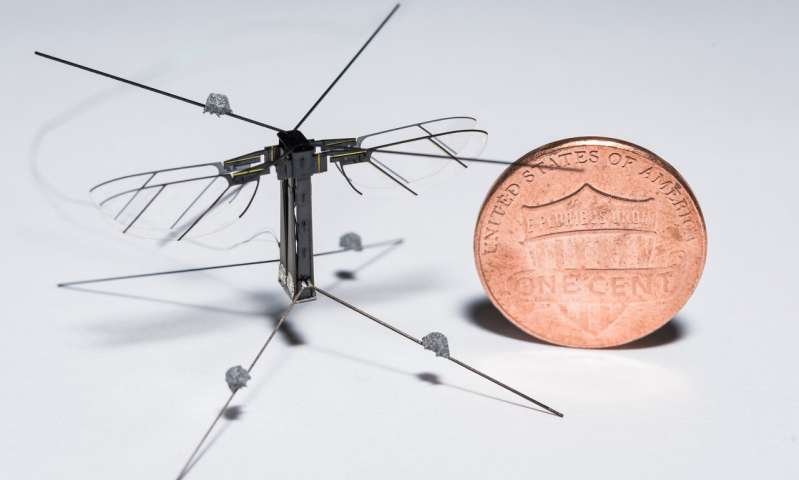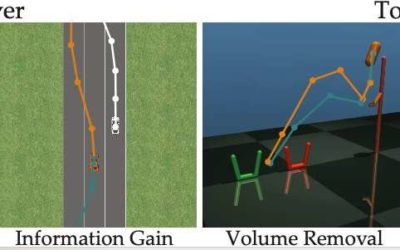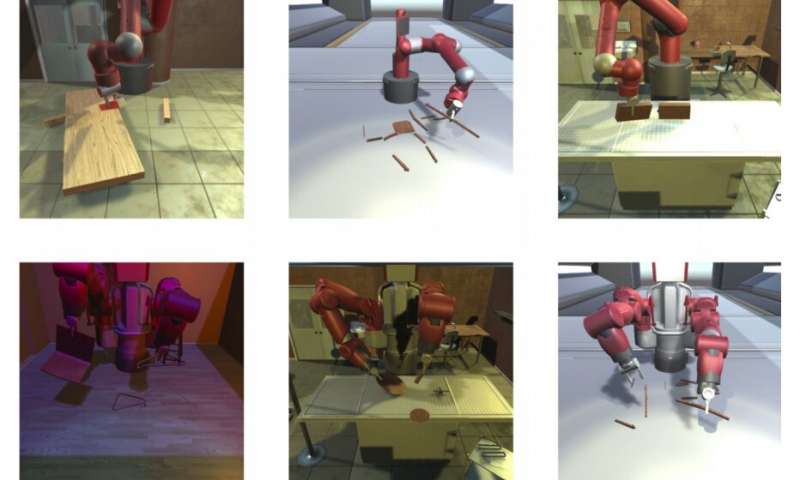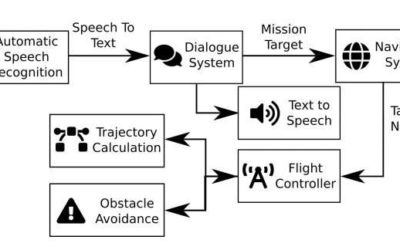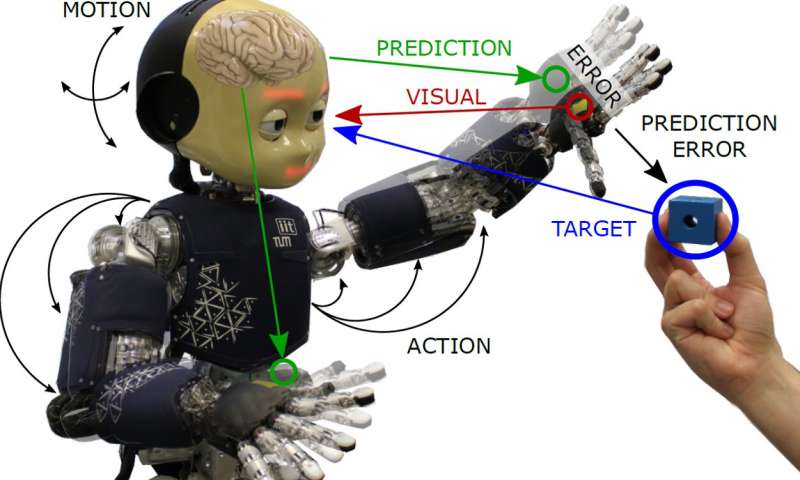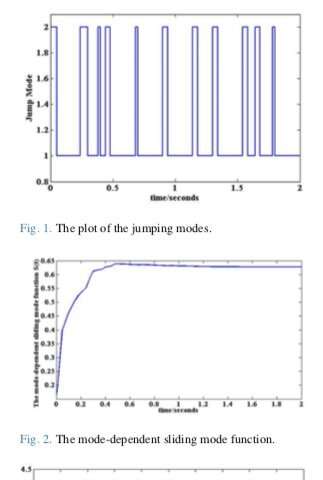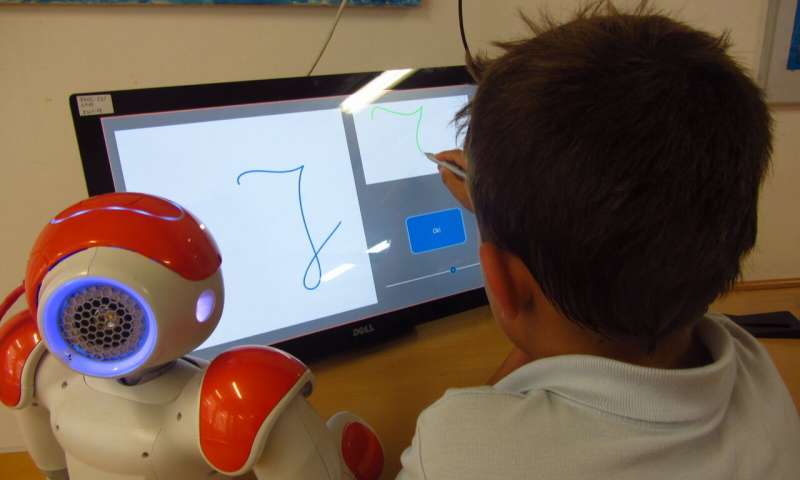In recent years, aerial robots have become increasingly popular, with potential applications in a variety of fields. Many of these robots are primarily designed to fly around and collect visual data from their surrounding environment, yet some are also able to grasp,...
Robotics
A unifying approach for controlling flying robotic insects
One of the key problems confronting researchers in the field of microrobotics is designing and implementing reliable controllers for insect-scale micro air vehicles (FWMAVs), which are tiny flying robots typically inspired by insects. In fact, although these...
A user-friendly approach for active reward learning in robots
In recent years, researchers have been trying to develop methods that enable robots to learn new skills. One option is for a robot to learn these new skills from humans, asking questions whenever it is unsure about how to behave, and learning from the human user's...
A new supervised learning approach to grasp planning in robots
Researchers at the University of Utah have recently developed a probabilistic grasp planner that can explicitly model grasp types to plan high-quality precision and power grasps in real time. Their supervised learning approach, outlined in a paper pre-published on...
An IKEA furniture assembly environment to train robots on complex manipulation tasks
In order to complete complex everyday tasks such as using equipment, cooking or building furniture, robots should be able to plan their actions and manipulate objects in their surroundings. So far, however, teaching robots to complete complicated tasks, such as those...
An interactive drone to assist humans in office environments
Researchers at Karlsruhe Institute of Technology in Germany have recently developed an interactive drone designed to assist humans in indoor environments such offices or laboratories. In a paper prepublished on arXiv, the researchers presented the results achieved by...
Applying active inference body perception to a humanoid robot
A key challenge for robotics researchers is developing systems that can interact with humans and their surrounding environment in situations that involve varying degrees of uncertainty. In fact, while humans can continuously learn from their experiences and perceive...
A simple technique allows robots to recognize touch and proximity
Researchers at the University of Hertfordshire have recently proposed an easy and configurable technique that enhances a robot's ability to perceive and interact with people in its surroundings. Their technique, presented in a paper pre-published on arXiv, utilizes...
A sliding mode control scheme for nonlinear positive Markov jumping systems
Researchers at Anhui University in China have recently developed a new method to enable sliding mode control in a class of nonlinear positive Markov jumping systems (MJSs) with uncertain parameters. Their approach is outlined in a paper published in Springer's...
A social robot to enhance children’s handwriting skills
Researchers at CHILI Lab (Ecole Polytechnique Fédérale de Lausanne) in Switzerland and GAIPS Lab (University of Lisbon) in Portugal have recently developed an autonomous system designed to assist children in improving their handwriting skills. The system they created,...


